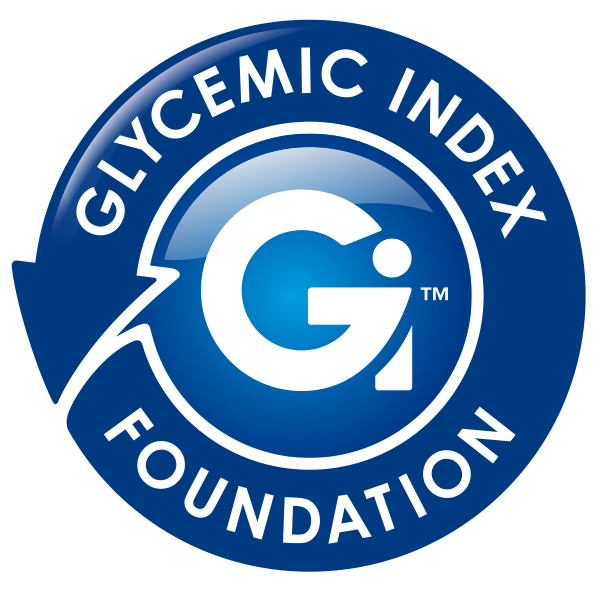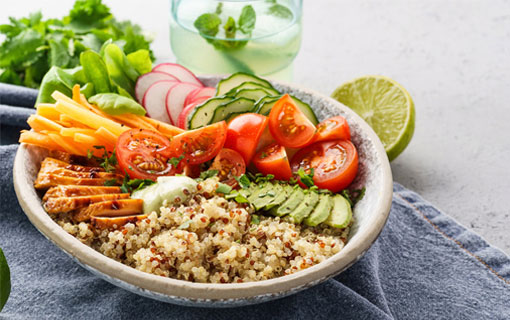Home / Top Tips for Low GI Living / Reading Food Labels
Reading Food Labels
To help work out the amount of carbohydrates (or number of exchanges) in a food and make low GI choices, a basic understanding of food labels is important.

| Average Quantity per Serving | %Daily Intakes per Serving | Average Quantity per 100g | |
|---|---|---|---|
| Energy | 751kj> | 9% | 905kj |
| Protein | 11.2g | 22% | 13.5g |
| Fat – Total | 4.8g | 7% | 5.8g |
| – saturated | 0.7g | 3% | 2.9g |
| Carbohydrate | 19.9g | 6% | 24.0g |
| – sugars | 2.4g | 3% | 2.9g |
| Dietary fibre | 5.6g | 19% | 6.8g |
| Soduim | 361mg | 16% | 435mg |
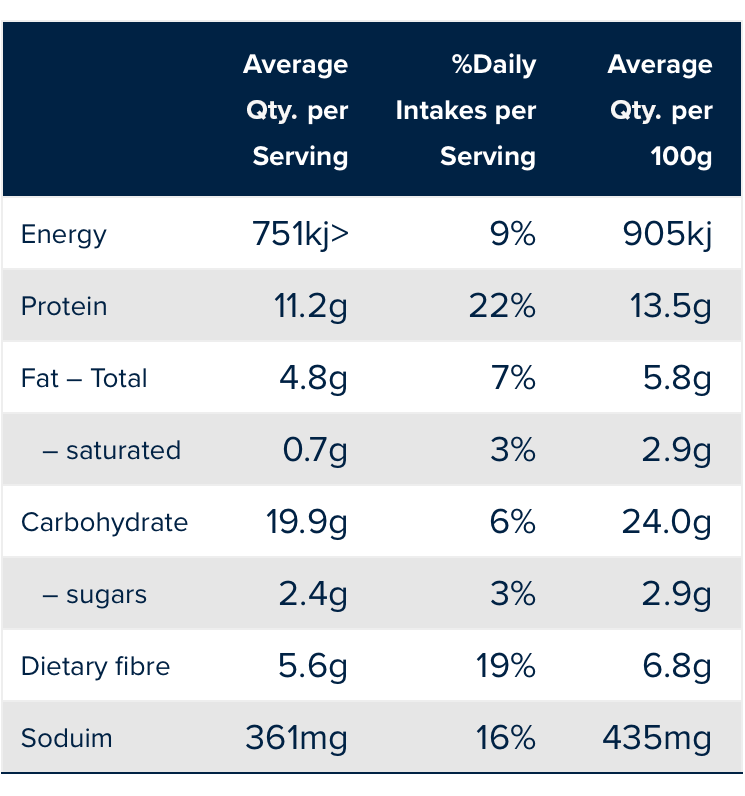
Energy
Australian nutrition labels display the quantity of energy, in kilojoules, found both in one serving and in 100 grams (or 100 millilitres if liquid) of the product. The actual serving size can vary for different varieties of the same product, as determined by the product manufacturer. The ‘quantity per 100g’ information is the most useful if you want to compare similar products with each other, while you can use the ‘quantity per serve’ information to keep track of what you’re eating. If you are trying to lose weight, you should pay particular attention to the kilojoule content on the nutrition label. For weight loss, it’s the total kilojoule content that is important. If we consume more kilojoules than we use, we will store the extra energy as fat and gain ‘weight’. If we consume fewer kilojoules than we use, we will tend to lose weight. It’s all about the balance between energy (or kilojoules) in and energy (or kilojoules) out.
Carbohydrate
In Australia and New Zealand and other parts of the world, the term carbohydrate as listed on the nutrition information panel (NIP) only includes the starches and sugars in the food. It does not include fibre because fibre is not broken down during digestion. Therefore “total carbohydrate” includes the starches, sugars and fibre in the food. It is recommended that between 45-55% of your energy intake (calories/kilojoules) should come from carbohydrates.
Fibre
The role of dietary fibre in weight management has been investigated for many decades. While a firm conclusion has not yet been reached, there is evidence that including fibre in your diet may result in weight loss. A recently published systematic review and meta-analysis of randomised controlled trials investigated the effect of dietary fibre on body weight, waist circumference, body mass index (BMI), and body fat. The main findings were that consuming from 6g to 8g of viscous fibre a day led to a decrease in body weight, waist circumference and BMI over an eight to 12 week period in most cases, with the improvement increasing over time. Making sure you include more soluble dietary fibre in your diet may have some added benefits if you are trying to lose weight or get into shape.
Protein
Although protein has a neutral effect on your blood glucose levels, it is still important as it is used to build and repair muscles, skin and other cells. The recommended amount is between 10-20% of your total daily energy intake (calories/kilojoules).
Fats
Healthy fat in foods can help you feel full, are a major energy source (after carbohydrates) and also help with the absorption of certain vitamins and minerals. General recommendations are for people to get between 20-35% of their energy from fats. However, the main source should be from the healthier polyunsaturated and monounsaturated sources, rather than trans-fats or saturated fats. Less than 7% of energy should come from saturated fats.
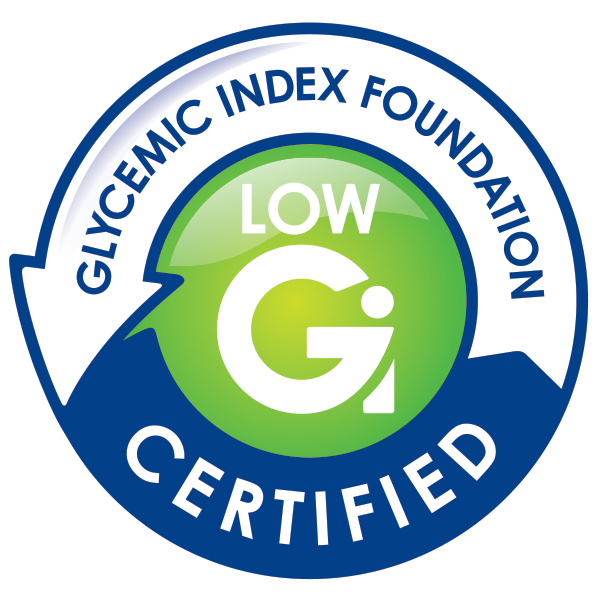
GI labelling
The GI of a food can only be determined by a laboratory that uses the international standards for testing the GI of foods. A quick and easy way to know if the food is low GI is to look out for the GI Symbol on food packaging. The GI Symbol is our guarantee to consumers that they can trust that the GI value stated near the nutrition information label is accurate, and meets strict nutritional criteria consistent with International dietary guidelines.
In most countries it is mandatory for the GI value to be listed near the NIP if a low GI claim is made on the packaging. To find out which foods carry the GI Symbol click here.

Health Star Rating System (HSR)
This voluntary Australian Government front-of-pack labelling system rates the overall nutritional profile of packaged food, from ½ a star to 5 stars. The more stars, the healthier the choice. All GI Symbol products have a 3.5 star rating or higher.
The Health Star Rating is based on the nutrient profile of the food per 100g or mL and is designed to complement the nutritional information panel (NIP). It provides information about some of the nutrients in the food, such as the energy (kJ), saturated fat, sugars and sodium, however it does not incorporate the total carbohydrate quantity or quality. The GI Symbol works alongside the Health Star Rating to give consumers confidence that the quality of the carbohydrate has been taken into account.
Recommended for you
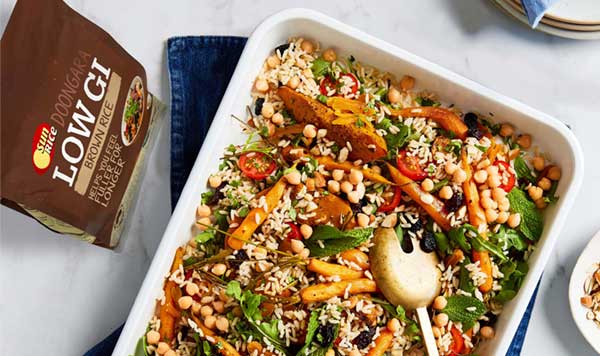
RECIPES
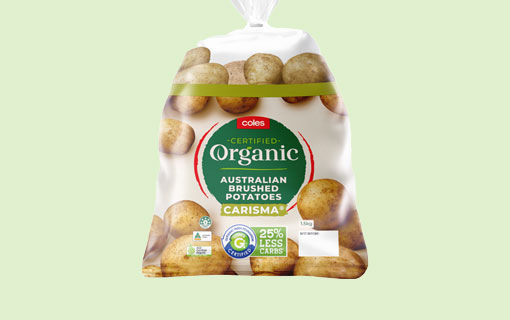
GI CERTIFIED PRODUCTS
DIABETES
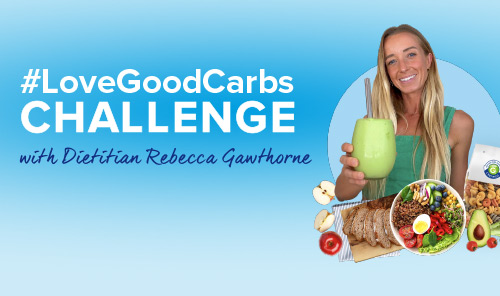
LOW GI LIVING
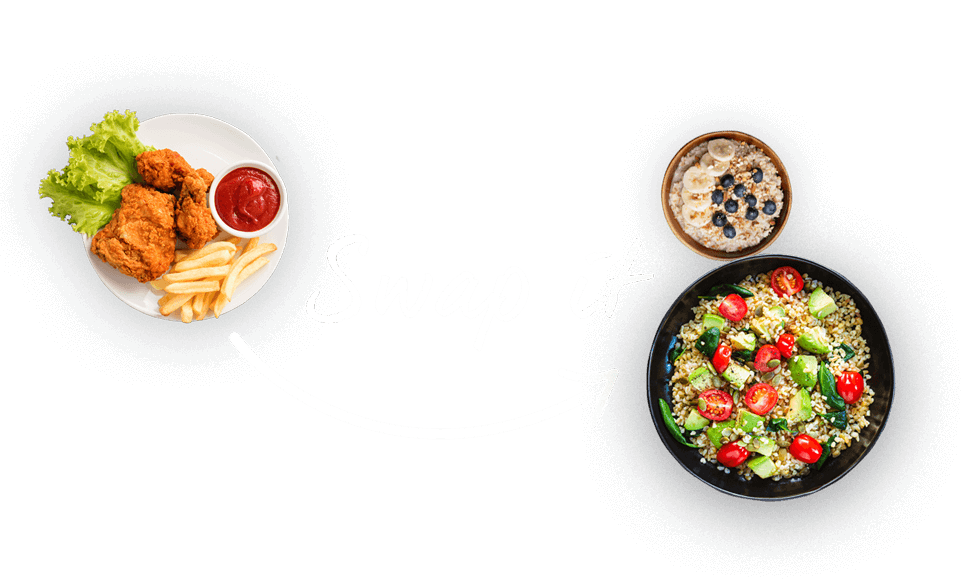

A low GI diet focuses on the quality of carbohydrates you eat. Good carbohydrates (or low GI carbohydrates) are more slowly digested helping keep your blood sugars stable, whereas bad carbohydrates cause your blood glucose levels to peak and crash. Want to know which carbohydrates are best for you? Try our swap it tool!
